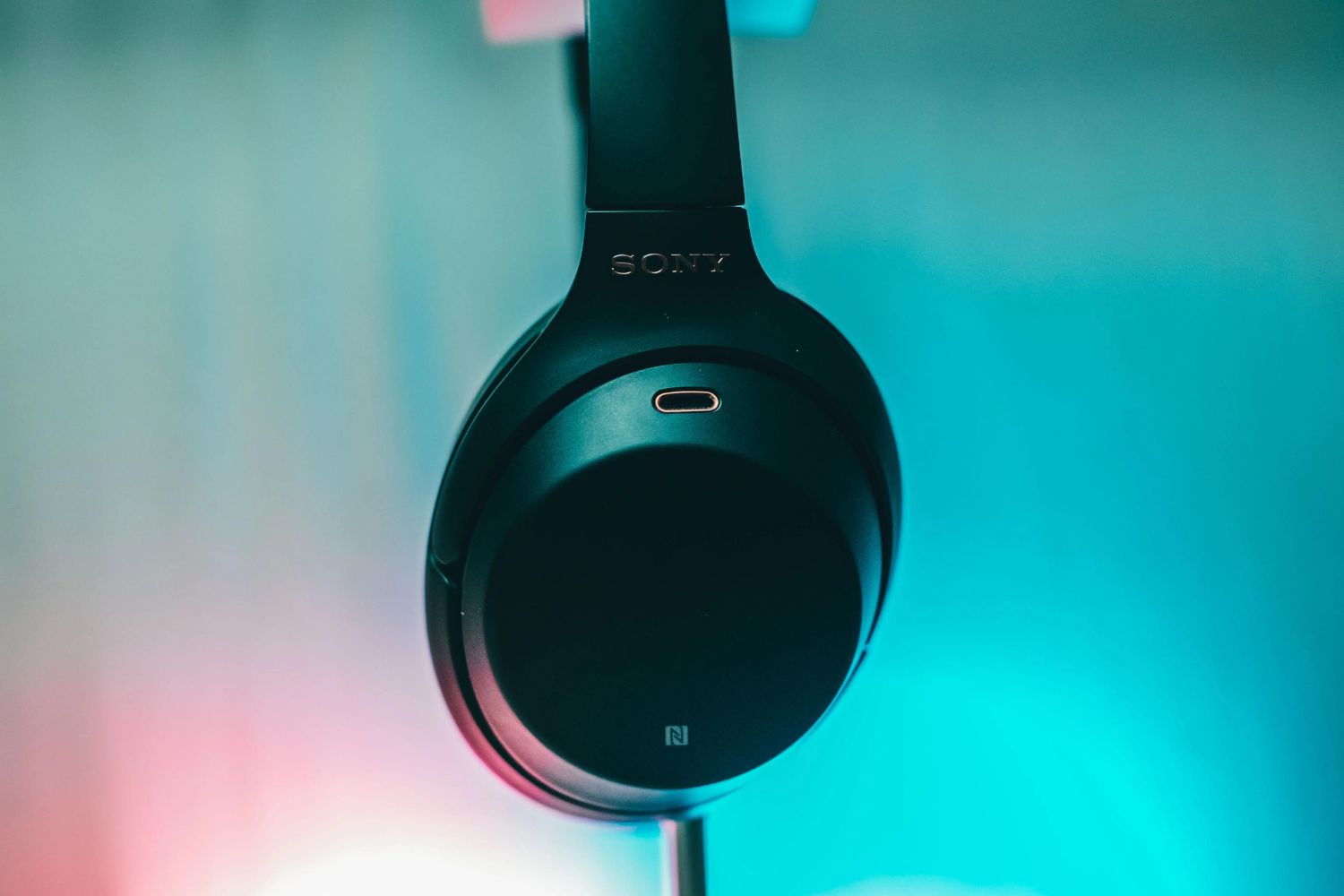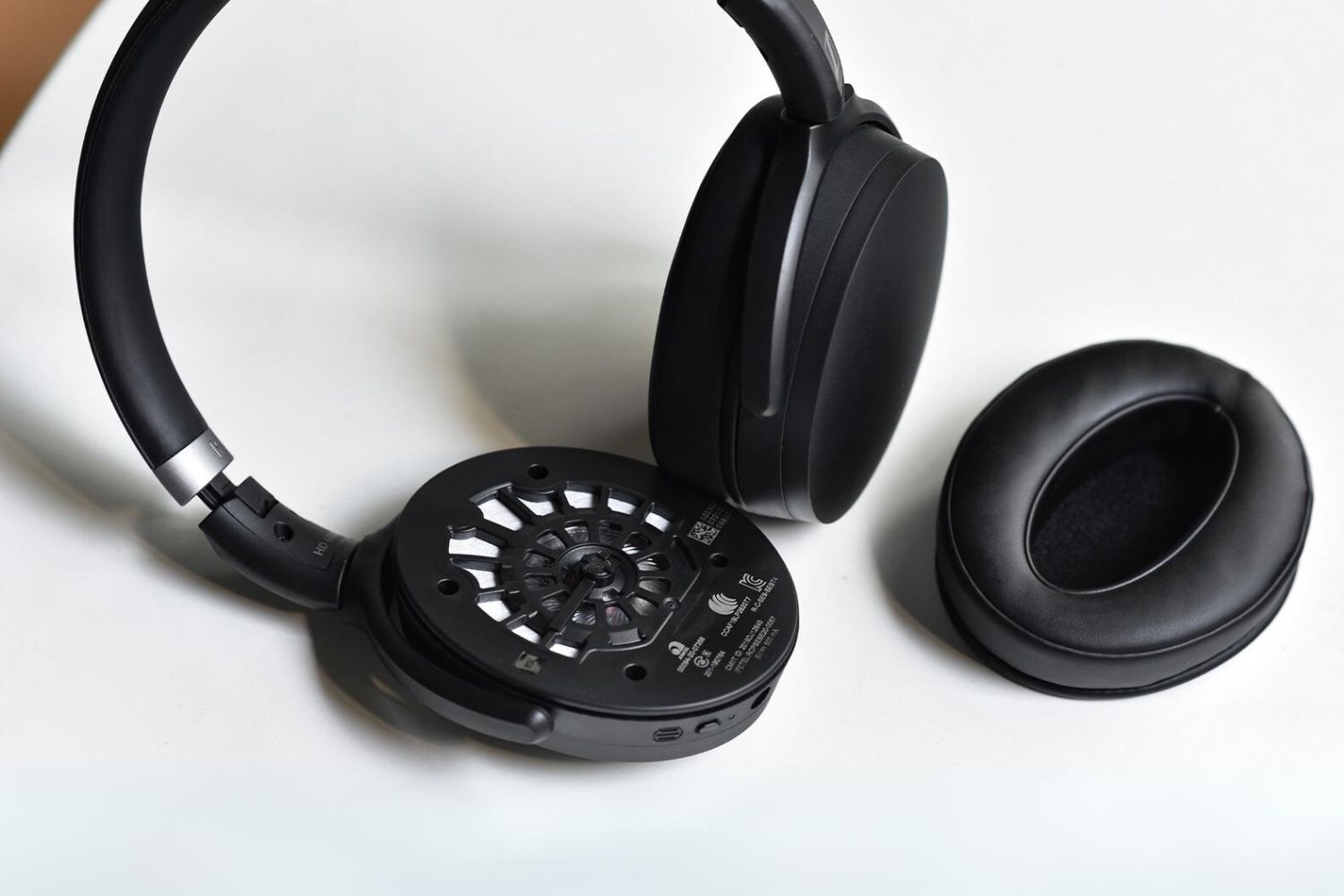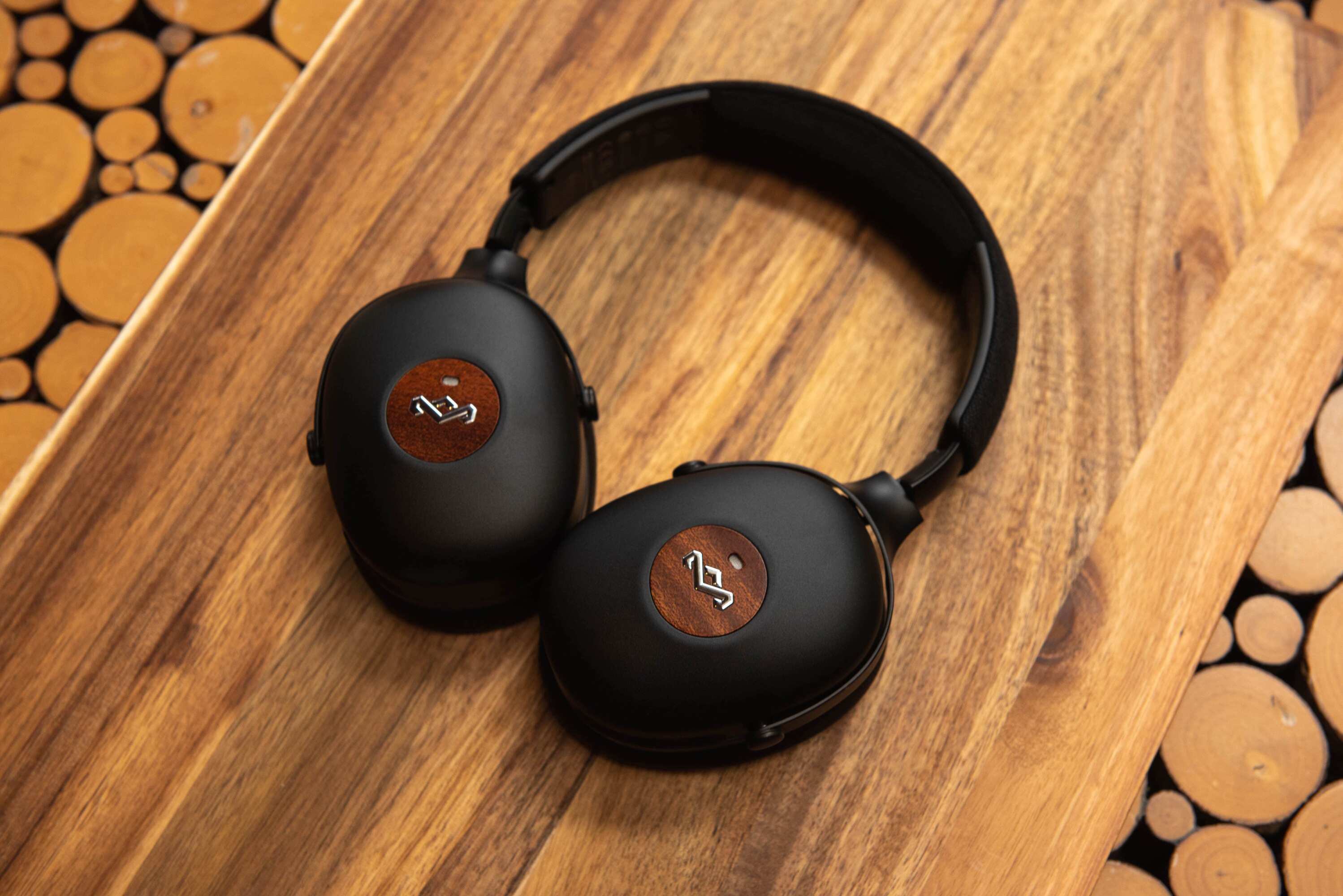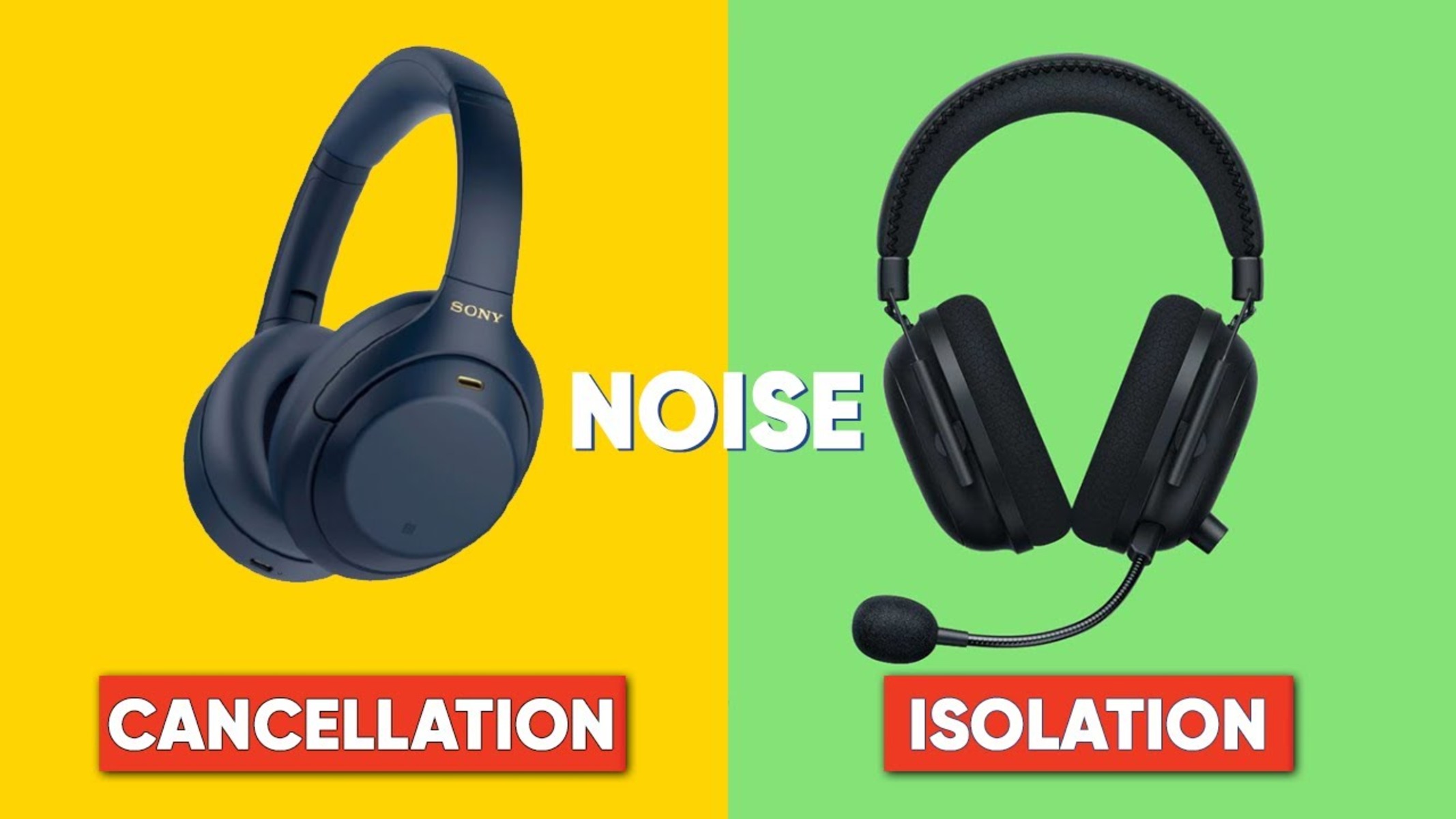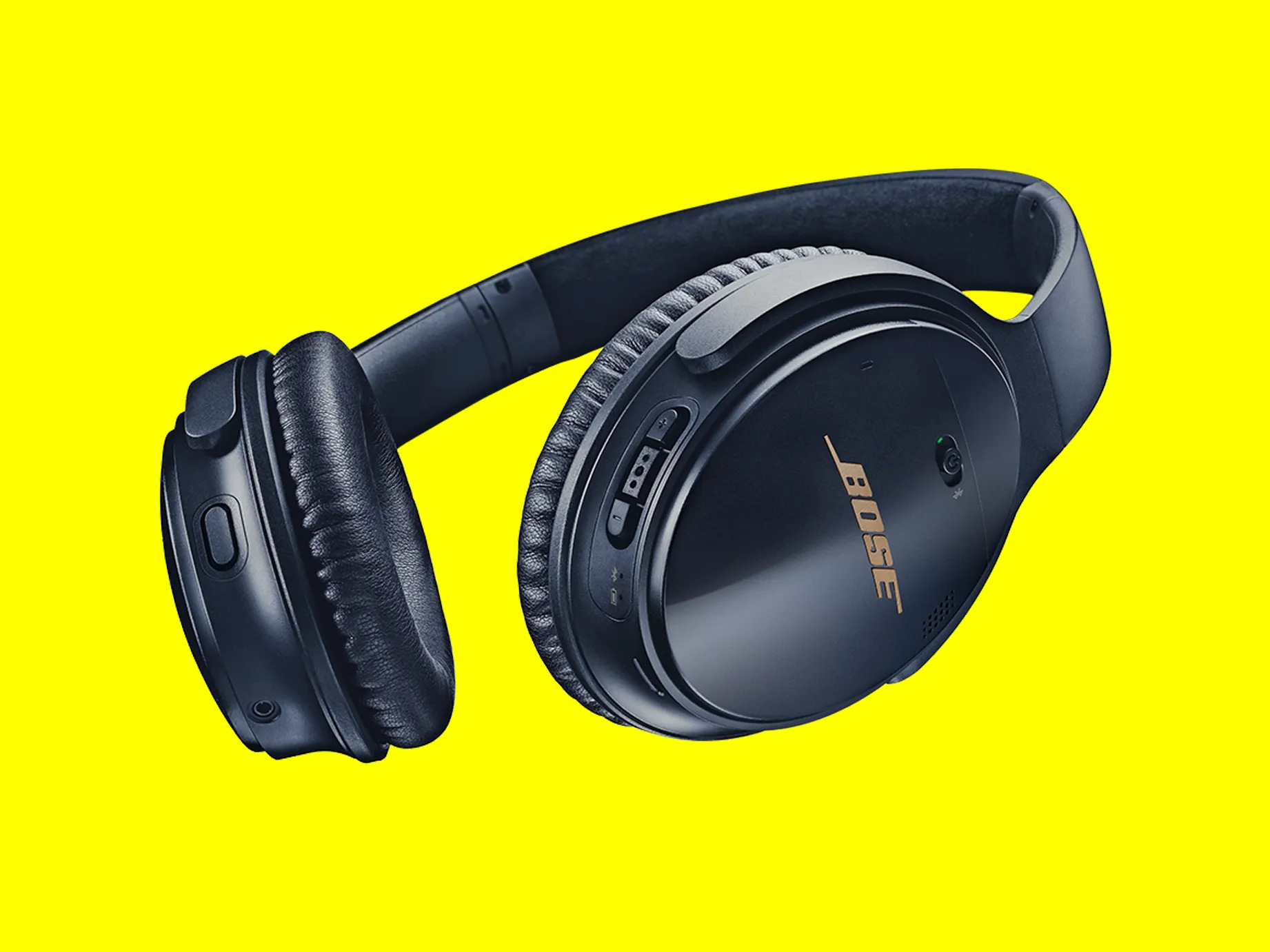Introduction
Noise-cancelling headphones have become an indispensable accessory for many individuals seeking respite from the cacophony of modern life. These innovative devices have the remarkable ability to immerse users in a world of pristine sound, free from the disruptive influence of ambient noise. At the core of their functionality lies a fundamental understanding of sound waves and their properties. To comprehend the inner workings of noise-cancelling headphones, it is crucial to delve into the nature of sound waves and the ingenious technology that harnesses their properties.
The emergence of noise-cancelling headphones has revolutionized the auditory experience, offering a sanctuary of tranquility amidst the hustle and bustle of daily life. By leveraging the principles of wave interference, these headphones have the capability to neutralize external sounds, enveloping users in a cocoon of uninterrupted audio bliss. To unravel the enigma of how these headphones achieve such a feat, it is imperative to embark on a journey through the realm of sound waves and their manipulation.
Sound waves, as the medium through which sound travels, possess distinctive properties that form the cornerstone of noise-cancelling headphone technology. Understanding these properties is pivotal to comprehending how these headphones effectively counteract ambient noise, paving the way for an immersive auditory experience. Delving into the intricacies of wave properties and their application in noise cancellation unveils a world of innovation and engineering prowess, shedding light on the remarkable synergy between science and consumer technology.
As we embark on this exploration of sound wave properties and their utilization in noise-cancelling headphones, a captivating tapestry of scientific ingenuity and technological advancement unfolds. By unraveling the mysteries of wave interference and its role in noise cancellation, we gain insight into the marvels of modern audio engineering. Join us on this illuminating journey as we unravel the captivating interplay of sound waves and cutting-edge headphone technology.
What is Sound Wave?
Sound waves, the fundamental carriers of auditory information, are intricate patterns of alternating high and low pressure zones that propagate through a medium, such as air, water, or solids. These oscillations, generated by the vibration of a source, travel outward in all directions, forming a complex network of compressions and rarefactions that our ears perceive as sound. The properties of sound waves, including frequency, amplitude, and wavelength, play a pivotal role in determining the characteristics of the auditory experience.
At the heart of a sound wave lies its frequency, which denotes the number of oscillations per unit of time and is measured in hertz (Hz). This parameter governs the pitch of the sound, with higher frequencies corresponding to higher-pitched sounds and lower frequencies producing lower-pitched tones. The amplitude of a sound wave, representing the magnitude of its pressure variations, determines the volume or loudness of the sound. Greater amplitude results in louder sound, while smaller amplitude yields quieter tones. Additionally, the wavelength of a sound wave, signifying the distance between successive points of similar phase, influences the perceived timbre or quality of the sound.
As sound waves traverse through a medium, they exhibit the remarkable ability to undergo reflection, refraction, diffraction, and interference, giving rise to a rich tapestry of auditory phenomena. Reflection occurs when sound waves encounter a boundary and bounce back, leading to the formation of echoes and reverberations. Refraction, on the other hand, occurs when sound waves change speed as they pass from one medium to another, resulting in the bending of the wave path. Diffraction enables sound waves to bend around obstacles, allowing the propagation of sound into regions that would otherwise be shielded from direct exposure. Moreover, the phenomenon of interference, where sound waves superimpose to create regions of reinforcement and cancellation, forms the basis for noise cancellation technology in headphones.
Understanding the intricate nature of sound waves and their behaviors provides a foundation for comprehending the mechanisms underlying noise-cancelling headphones. By unraveling the nuances of sound wave properties, we gain insight into the sophisticated technology that enables the manipulation of these waves to create an immersive auditory environment, free from the intrusion of unwanted noise.
How Do Noise Cancelling Headphones Work?
Noise-cancelling headphones operate on the principle of actively counteracting ambient sounds to create a tranquil listening environment for users. This feat is achieved through the integration of sophisticated electronic circuitry and advanced signal processing algorithms that work in tandem to neutralize external noise. These headphones are equipped with miniature microphones that capture the ambient sound waves in the user’s vicinity. The captured sound waves are then analyzed and processed by the headphone’s internal circuitry to generate anti-noise signals that are precisely out of phase with the incoming sound waves.
By producing these anti-noise signals, which are essentially mirror images of the ambient noise, the headphones generate a phenomenon known as destructive interference when the anti-noise waves combine with the incoming sound waves. Destructive interference occurs when the peaks and troughs of the sound waves align in such a way that they cancel each other out, effectively diminishing the intensity of the ambient noise. This process results in a perceptible reduction of external sounds, creating a serene auditory environment for the user.
Furthermore, noise-cancelling headphones are designed to target low-frequency ambient noise, such as the drone of airplane engines, the hum of air conditioning systems, or the rumble of commuter trains. These persistent, low-frequency sounds can be particularly intrusive and disruptive to the listening experience, making them prime candidates for noise cancellation. By leveraging the principles of wave interference, noise-cancelling headphones excel at mitigating these low-frequency disturbances, allowing users to immerse themselves in the pure, unadulterated sound emanating from their audio source.
It is important to note that noise-cancelling headphones do not completely eliminate all external sounds, especially those of higher frequencies or sudden, transient noises. However, they excel at attenuating the steady hum of background noise, providing users with a sanctuary of tranquility in environments where silence is a precious commodity. The seamless integration of cutting-edge technology and the nuanced understanding of sound wave properties enables noise-cancelling headphones to deliver an unparalleled auditory experience, elevating the art of listening to new heights.
The Role of Wave Property in Noise Cancelling Headphones
The efficacy of noise-cancelling headphones hinges on the intricate manipulation of sound wave properties, particularly the phenomenon of wave interference. This fundamental principle, underpinned by the superposition of sound waves, forms the linchpin of noise cancellation technology, enabling these headphones to create an oasis of serenity amidst a sea of ambient noise.
Wave interference, a hallmark of wave behavior, occurs when two or more sound waves overlap in space, resulting in the amalgamation of their respective pressure variations. In the context of noise-cancelling headphones, this phenomenon is harnessed to counteract ambient noise by generating anti-noise signals that align in opposition to the incoming sound waves. The precise synchronization of these anti-noise signals with the ambient noise waves leads to their mutual annulment through destructive interference, thereby diminishing the perceptibility of external sounds.
Moreover, the role of wave properties, such as frequency and amplitude, assumes paramount significance in the context of noise cancellation. Noise-cancelling headphones are adept at targeting low-frequency ambient noise, leveraging the unique characteristics of these sound waves to achieve optimal cancellation. By honing in on the distinctive properties of low-frequency sound waves, these headphones can effectively neutralize the persistent hum of engines, air conditioning units, and other droning noises that pervade modern environments.
Furthermore, the ability of sound waves to undergo reflection, refraction, and diffraction is pivotal in shaping the performance of noise-cancelling headphones. The headphones’ microphones capture the ambient sound waves, which may undergo reflection off surfaces or diffraction around obstacles before reaching the listener’s ears. Understanding these wave behaviors is essential for calibrating the noise cancellation algorithms to account for the complex propagation of sound in real-world settings, ensuring a comprehensive mitigation of ambient noise.
By harnessing the intrinsic properties of sound waves and their behaviors, noise-cancelling headphones exemplify the seamless fusion of scientific principles and technological innovation. The synergy between wave properties and noise cancellation algorithms culminates in a transformative auditory experience, empowering users to immerse themselves in the pure essence of sound, undisturbed by the clamor of the outside world.
Conclusion
Embarking on a journey through the realm of sound wave properties and their integration into noise-cancelling headphones unveils a captivating synergy of scientific ingenuity and technological prowess. The intricate interplay of wave interference, frequency, amplitude, and wave behaviors underpins the remarkable efficacy of noise-cancelling headphones in creating an immersive auditory haven for users.
Sound waves, as the carriers of auditory information, exhibit a rich tapestry of properties that shape the sonic landscape we perceive. The manipulation of these properties, particularly through the phenomenon of wave interference, forms the cornerstone of noise cancellation technology. By generating anti-noise signals that align in opposition to ambient sound waves, noise-cancelling headphones orchestrate a symphony of destructive interference, diminishing the intrusion of external noise and fostering an environment of unparalleled tranquility.
Furthermore, the selective targeting of low-frequency ambient noise, coupled with an astute understanding of wave behaviors such as reflection, refraction, and diffraction, empowers noise-cancelling headphones to excel in mitigating the persistent hum of modern environments. This precision in addressing ambient noise, coupled with the seamless integration of cutting-edge technology, elevates the auditory experience to new heights, offering users a sanctuary of pristine sound amidst the clamor of everyday life.
In essence, the marriage of wave properties and noise cancellation technology epitomizes the harmonious convergence of scientific principles and consumer innovation. As users don their noise-cancelling headphones and immerse themselves in a cocoon of uninterrupted audio bliss, they bear witness to the transformative impact of harnessing the fundamental properties of sound waves. This union of science and technology not only enriches the auditory landscape but also exemplifies the boundless potential of human ingenuity in crafting experiences that transcend the ordinary.







